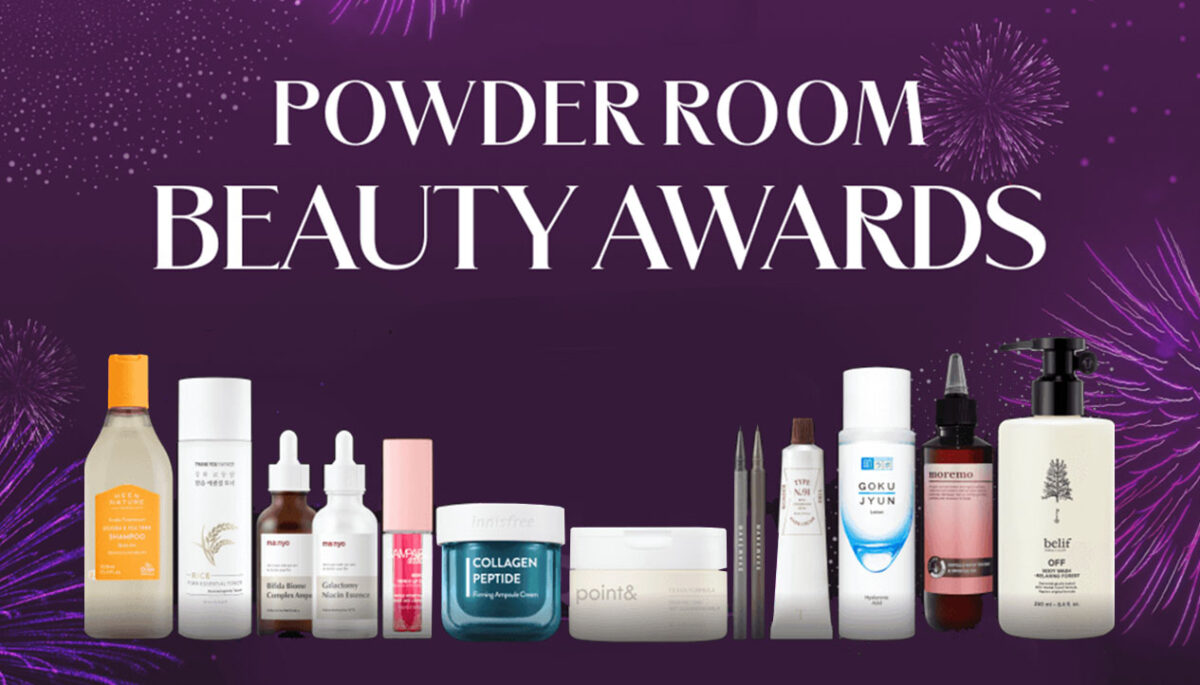


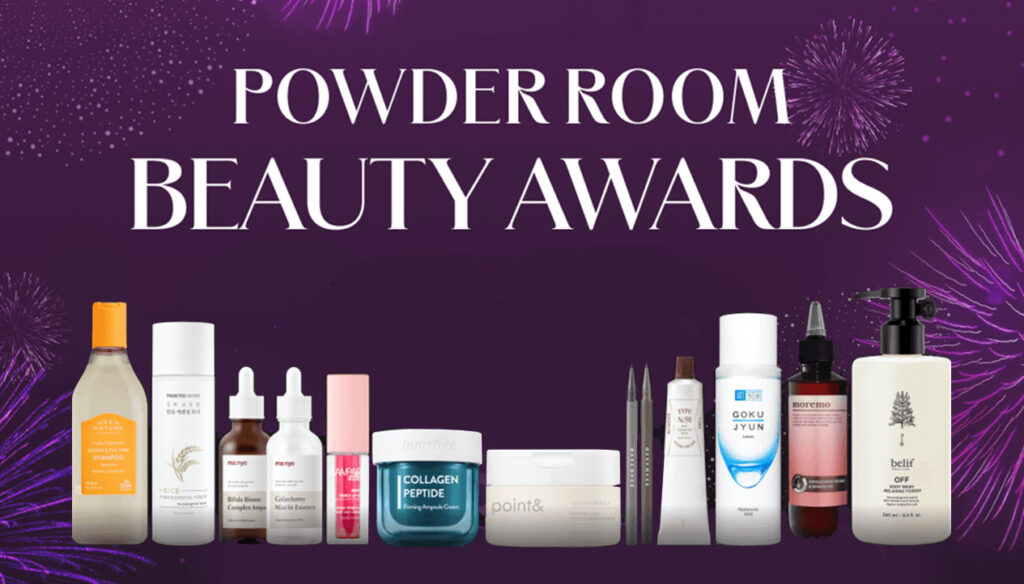
Powder Room (파우더룸), the oldest online community on cosmetics in South Korea, announced the winners of the 2022 Powder Room Beauty Awards.
Make sure to check out the Discount & Coupons page to access exclusive offers for major Korean skincare retailers.
Powder Room (파우더룸) is known as the oldest online community on cosmetics in South Korea. The platform started in 2003 as a fan café on the Korean search engine Naver and it’s still active to this day
Over the years, it has evolved into a community of over 190 million members who share similar interests. Powder Room users can choose to browse and contribute to topics such as daily life, beauty, cosmetics, shopping, fashion, and food.
This makes Powder Room one of the oldest and most well-regarded online places for expert advice, tips, and hacks on all things beauty in South Korea. Even though it has been present for almost 20 years, it has remained an intimate and safe space for users. Besides browsing and scrolling through daily news and the ranking sections of the app, Powder Room has dedicated sections on shopping, fashion, food, and daily life.
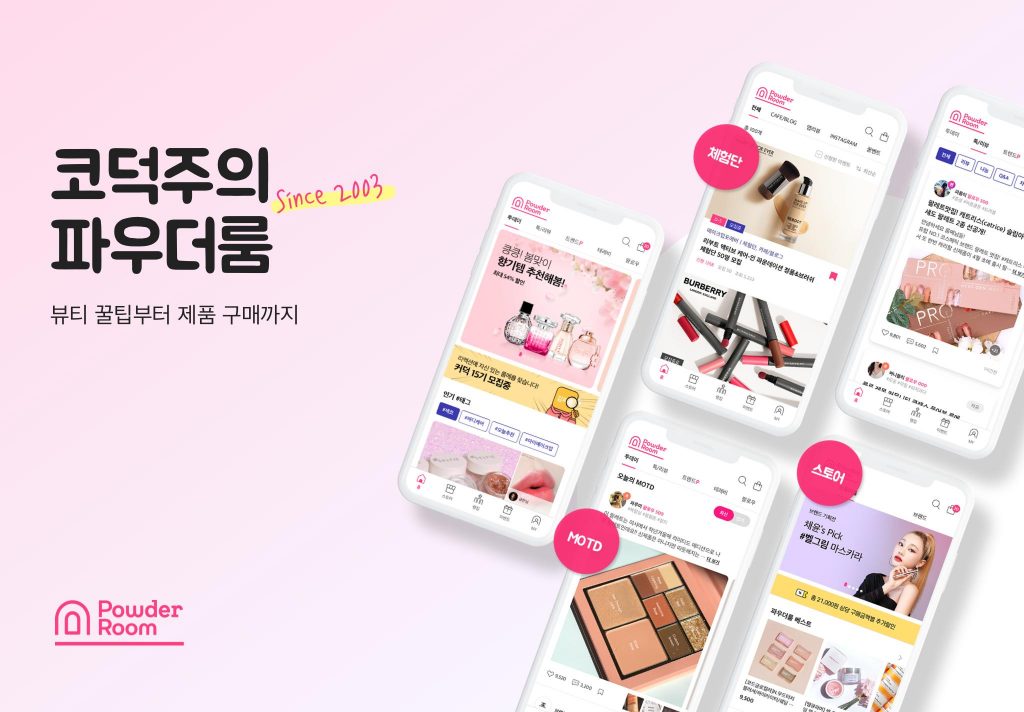
In 2013, the company launched a dedicated app, giving fans a place to instantly get the latest news, watch tips and tricks and share personal reviews or articles. This made finding and trying new products so much easier, and gave beauty aficionados a place where to share their beauty routines and methods, along with the latest trends. This mix of fan-based and brand-led content helps strike the ideal balance between highlighting big names as well as beauty newcomers.
Powder Room decided to tap into all that beauty wisdom by creating their very beauty awards, which shine a light on the best of K-Beauty. Every six months, members of Powder Room can vote for their beauty must-haves. Winning one of these awards gives any brand an advantage as it reflects how beauty-savvy Koreans feel about their products. Most votes are taken from beauty consumers with only 10% coming from influencers and professional editors. This means the winners truly have been tried and tested by their harshest critics – fans who use the products every day.



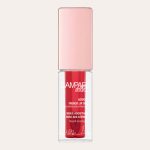
First place:
Sampar – Addict French Lip Oil
(SHOP)
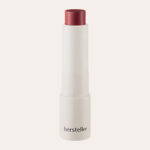
Second place:
Hersteller – Nearby Recharging Lip Balm
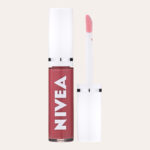
Third place:
Nivea – Lip Oil
(SHOP)
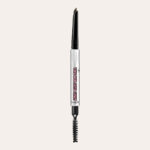
First place:
Benefit Cosmetics – Always Ready Brow Pencil
(SHOP)
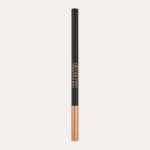
Second place:
Maybelline New York – Brow Ink Pencil Color
(SHOP)
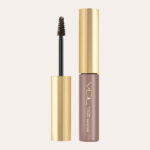
Third place:
VDL – Eye Fine Natural Browcara
(SHOP)
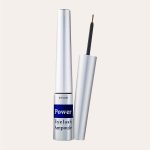
First place:
Etude – Power Eyelash Ampoule
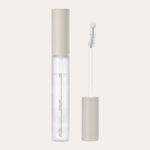
Second place:
Peripera – Simplain Lash Ampoule
(SHOP)
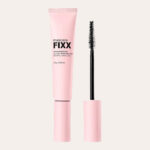
Third place:
So Natural – All Day Mascara Fixx
(SHOP)

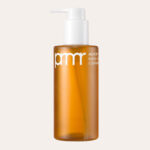
First place:
Primera – Perfect Oil To Foam Cleanser
(SHOP)
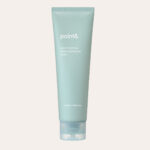
Second place:
Point& – Moisturizing Vege Cleansing Foam
(SHOP)
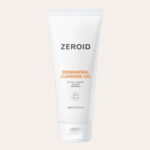
Third place:
Zeroid – Dermanewal Cleansing Gel
(SHOP)

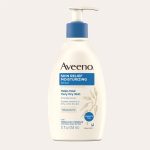
First place:
Aveeno – Skin Relief Moisturizing Lotion
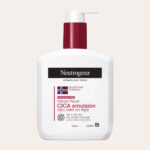
Second place:
Neutrogena – Intense Repair Cica Emulsion
(SHOP)
![On:The Body - Veilment Bath & Soul Aroma Ritual Body Lotion [#Sleep Better]](https://themonodist.com/wp-content/uploads/2023/01/OnThe-Body-Veilment-Bath-Soul-Aroma-Ritual-Body-Lotion-Sleep-Better-150x150.jpg)
Third place:
On:The Body – Veilment Bath & Soul Aroma Ritual Body Lotion [#Sleep Better]
(SHOP)
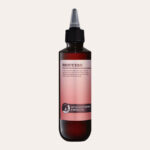
First place:
Moremo – Ampoule Water Treatment Miracle 100
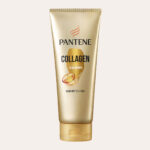
Second place:
Pantene – Collagen Extreme Damage Care Treatment
(SHOP)
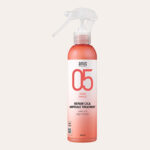
Third place:
Amos Professional – Repair Cica Ampoule Treatment
(SHOP)

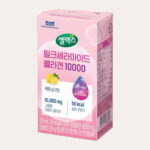
First place:
Cellex – Milk Ceramide Collagen 10000
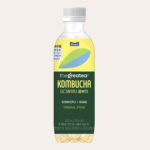
Second place:
Maeil – Thegreatea Kombucha
(SHOP)
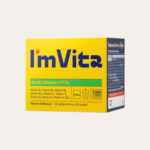
Third place:
Chong Kun Dang – I’m Vita Multi-Vitamin Vital
(SHOP)

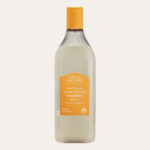
First place:
Dr.Orga – Vegan Jojoba & Tea Tree Shampoo
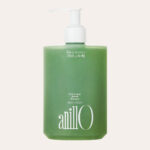
Second place:
Anillo – Lime Sunday Refresh Shampoo
(SHOP)
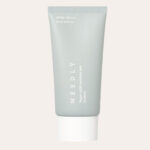
Third place:
Needly – Vegan Mild Moisture Sun SPF 50+/PA++++
(SHOP)
Source: Powder Room App, Powder Room Blog
Translation: © 2022 Odile Monod
Disclaimer: The list above contains a combination of affiliate and non-affiliate links. If you make a purchase through one of my affiliate links, I will earn a small commission (paid by third party companies, not you). Commissions help fund the content production of the Monodist. For more information on my affiliate policy please refer to my About page.